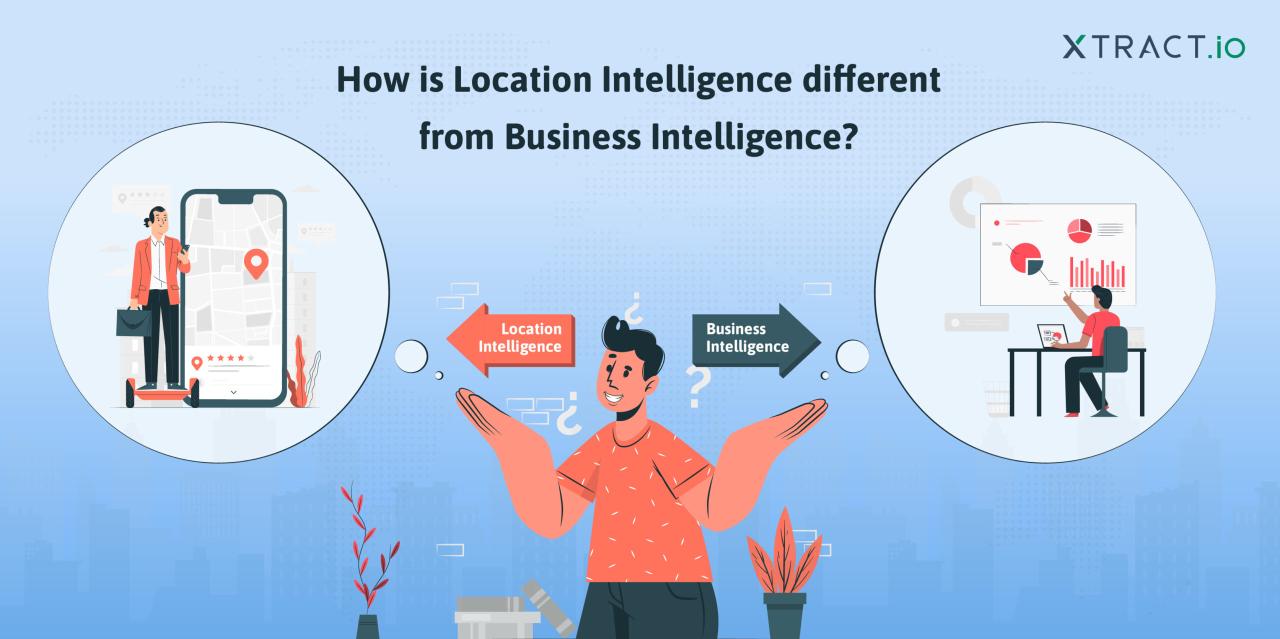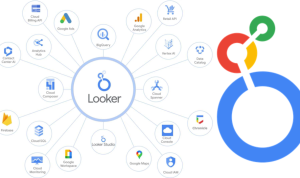Location Intelligence in Business Analytics sets the stage for a transformative exploration of how geographic data can empower businesses in today’s data-driven landscape. By harnessing the power of location-based insights, companies can enhance decision-making, optimize operations, and create unparalleled customer experiences. As organizations increasingly recognize the value of spatial data, this narrative delves into the vital role that location intelligence plays in driving strategic initiatives and fostering competitive advantage.
This overview will illuminate how location intelligence integrates with business analytics, offering a roadmap for utilizing geographic data to reveal hidden patterns, inform marketing strategies, and improve resource allocation. From real-time data analysis to advanced predictive modeling, the fusion of location intelligence and business analytics is reshaping the corporate world.
In a world where communication is the key to success, mastering the art of persuasion is akin to wielding a powerful tool. Imagine a realm where your words can inspire action, evoke emotions, and ignite change. This is not merely a fanciful dream but a tangible reality for those who understand the dynamics of persuasive communication.
Understanding Persuasion
At its core, persuasion is the process of influencing someone’s beliefs, attitudes, intentions, or behaviors. Whether you’re attempting to sell a product, rally support for a cause, or even just persuade a friend to join you for dinner, the principles of persuasion remain fundamentally the same. It’s about connecting with your audience, appealing to their emotions, and presenting your case in a compelling way.
The Foundations of Persuasive Communication: Location Intelligence In Business Analytics
To become a master of persuasion, one must grasp the foundational elements that underpin effective communication. These elements are not just techniques; they are the building blocks of trust and credibility that will enable you to sway hearts and minds.

- Know Your Audience: Understanding the needs, values, and motivations of your audience is paramount. This knowledge allows you to tailor your message in a way that resonates with them personally.
- Build Credibility: Establishing yourself as a credible source is essential for persuasion. Your audience must trust you and believe in your expertise before they are willing to be influenced by your message.
- Create an Emotional Connection: Emotions drive decisions more than logic ever will. Use storytelling, vivid imagery, and relatable examples to create an emotional bond with your audience.
- Be Clear and Concise: A persuasive message should be easy to understand. Avoid jargon and complex language that may alienate your audience.
- Include a Call to Action: Every persuasive piece should end with a clear call to action. What do you want your audience to do next? Make it explicit and compelling.
The Psychology Behind Persuasion
Delving deeper, we find that the psychology behind persuasion is a fascinating field that reveals how our brains process information and make decisions. Cognitive biases play a significant role in how we interpret messages.
Key Psychological Principles
Several psychological principles can enhance your persuasive efforts:
- Reciprocity: People are more likely to be persuaded if they feel they owe you something. By offering value first—whether it’s free information, help, or a favor—you create a sense of obligation.
- Social Proof: We tend to follow the actions of others. Showcasing testimonials, case studies, or user experiences can significantly bolster your persuasive efforts.
- Scarcity: The fear of missing out (FOMO) can be a powerful motivator. Highlighting limited availability or exclusive offers can prompt quicker decisions from your audience.
- Consistency: Once people commit to an idea or action verbally or in writing, they are more likely to follow through. Encourage small commitments first to pave the way for larger requests later.
- Authority: People are inclined to listen to those perceived as experts. Displaying credentials, experiences, and achievements can lend weight to your arguments.
Effective Techniques for Persuasive Writing
When it comes to writing persuasively, the way you structure your content can make all the difference. Here are some tried-and-true techniques:
1. Start with a Hook
Engage your audience right from the beginning. Whether it’s a surprising fact, a rhetorical question, or a compelling story, your opening should grab attention and set the tone for your message.
2. Use Strong Language
Powerful words evoke strong imagery and emotions. Use descriptive language and vivid adjectives to paint a picture and make your message more impactful.
3. Tell a Story
Storytelling is one of the most potent tools in persuasion. A well-told story can illustrate your point, evoke empathy, and create a connection that mere facts and figures cannot.
4. Address Counterarguments, Location Intelligence in Business Analytics
Anticipating objections shows your audience that you have considered their perspective. Addressing counterarguments head-on can strengthen your position and build trust.
5. Use Repetition Wisely
Reiterating key points can reinforce your message and ensure that it sticks in your audience’s mind. However, use this technique judiciously to avoid sounding redundant.
Putting It All Together
Now that we’ve explored the elements and techniques of persuasive communication, it’s time to put them into practice. Whether it’s crafting a persuasive speech, writing a compelling article, or delivering a sales pitch, remember to:
- Know your audience and tailor your message accordingly.
- Establish your credibility and build trust.
- Create an emotional connection through storytelling.
- Be clear and concise in your communication.
- End with a strong call to action.
The Impact of Effective Persuasion
When mastered, the art of persuasion can lead to significant changes, not just in your life but in the lives of others. Whether you aim to inspire, sell, or lead, the ability to influence people’s thoughts and actions is a powerful asset. As you refine your persuasive skills, remember that the ultimate goal is not just to win arguments but to foster understanding and create meaningful connections.
In conclusion, persuasion is not merely a tool—it’s a vital skill that can lead to transformative outcomes. By understanding the principles of persuasion, employing effective techniques, and connecting with your audience on an emotional level, you can become a master communicator, ready to inspire and effect change in the world around you.




